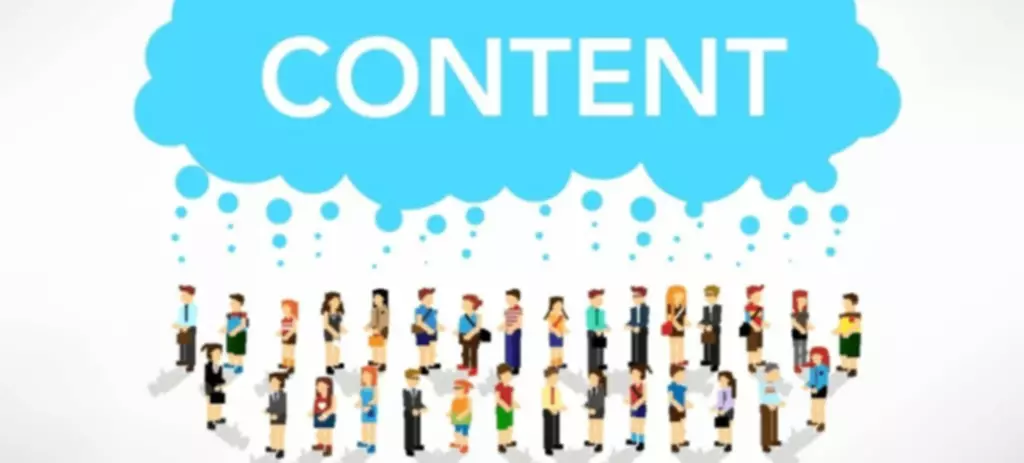Підвищення зарплати було https://deveducation.com/ однією з ключових причин змінити посаду. Зі старту PM має таку ж оплату праці, як фахівець сапорту з чотирма-п’ятьма роками досвіду. Найбільше мені хотілося цікавіших та різноманітніших завдань, ніж у PM.
Студенти університету відвідують лекції та воркшопи від фахівців цих компаній. Лекції можуть відбуватися в стінах університету або в самій компанії. Також ІТ-компанії проводять безплатно курси для студентів університету та організовують виробничу та переддипломну практику для них. В університеті діє Лінукс-клуб, який ініціювали і проводять студенти. Хтось починає освоювати професію ще в шкільному віці, а хтось вже після закінчення школи.

Онлайн Курси
Своїм студентам компанія пропонує актуальну базу знань, а також підтримку й супровід впродовж всього навчання. Платформа GoIT пропонує онлайн-курси для початківців, які допоможуть опанувати нову професію у сфері IT та Digital з нуля. Після завершення повноцінних курсів, колишні студенти можуть зазвичай претендувати на посаду джуніор-спеціаліста (Junior Specialist) обраної спеціальності. Тривалість навчання залежить від обраного курсу (спеціальності), а також рівня базових знань. «З 2022 року в нашій компанії восьмеро фахівців змінили спеціалізацію та перейшли на іншу позицію. Це люди, які починали працювати у відділах підтримки, але згодом перекваліфікувалися та перейшли на посади QA Engineer, Knowledge Analyst, Integration Specialist тощо.
Для цього потрібне прагнення колеги, потреба бізнесу та можливості для навчання», — розповіли в «ЕРАМ Україна». «Якщо говорити про перехід на суто технічні ролі, то я міг би вибрати Data Engineering. Тут фахівці більше працюють з інфраструктурою, базами даних, ETL-процесами. Але в цьому напрямі робота зосереджується переважно над одним конкретним завданням. А я хотів би продовжувати впливати на стратегічні бізнес-рішення». Інший наш спікер відмовився від ідеї перейти з маркетингу у Front-end, адже для нього важливою була креативна частина роботи.
- Підвищення зарплати було однією з ключових причин змінити посаду.
- Під час самостійного навчання не зайвим буде брати участь в IT-форумах і бути членом відповідних спільнот.
- Студенти мають доступ до віртуального інклюзивного кампусу VIC, FABLAB з 3D-принтерами та станками з ЧПУ (числового програмного управління), STEAM LAB для експериментів і коворкінгу.
- Українські «айтішники» вважаються одними з найкращих у сфері, а з їхніми розробками зустрічаються люди в повсякденному житті чи не по всьому світу.
Ну, найважливіше і головне – це, звичайно, вивчити мову програмування. Про те, які напрямки в програмуванні бувають, в чому полягає робота, і як освоїти професію, піде мова в цій статті. Читайте також про найкрутіші українські стартапи на Kickstarter 2023. Активна IT-спільнота з численними конференціями, хакатонами й іншими подіями сприяє обміну ідеями та взаємному навчанню. Молодші курси як раз таки офлайн навчаються в НаУКМА, прошу виправити.

Проте якщо ви хочете створювати мобільні додатки, розробляти невеликі сайти, то курси програмування та практика допоможуть вам швидше влитися у роботу. А без вищої математики та матаналізу точно не обійтися тим, хто хоче працювати у сфері Machine Studying, Information Science, Huge Knowledge. ІТ-сфера різноманітна та дає можливість не тільки створювати нове, але й бути частиною глобальних змін, що визначатимуть майбутнє нашої цивілізації. 96% компаній по всьому світу хоча б раз зіштовхнулись з кібератаками. А це втрата грошей бізнесу, падіння акцій та штрафні санкції за втрату конфіденційних даних.
Спеціальність «програміст» входить до числа найбільш затребуваних професій XXI століття. Навчання у сфері інформаційних it академія технологій може бути дуже вигідним і цікавим. Головне – бути відкритим до нових знань, прагнути навчатись і розвиватись щодня.

Які Професії Обирають Випускники
За допомогою неї студенти звертають увагу адміністрації на проблеми, координуються. Кожен студент зі свого особистого кабінету може створити звернення-тикет, щоб розв’язати проблему або поставити запитання. Адміністратор розподіляє тикети по компетентних особах. Студенти можуть стажуватися в цих ІТ-компаніях та брати участь у міжнародних проєктах. А також проходити тренінги в університетах Швейцарії, Італії, Фінляндії, Австрії, Японії та Німеччини. Понад one hundred twenty студентів пройшли стажування і взяли участь у міжнародних проєктах.
Є Німеччина, але там складніше.Та багато є закладів з гарним навчанням, диплом з яких буде котуватись у всьому світі. В українських компаніях-партнерах ХНУРЕ студенти 3 та 4 курсів бакалаврату й 2 курсу магістратури проходять практику, де залучаються до командних завдань, де вчаться працювати в колективі. Хлопці-студенти до 22 років можуть долучитися до академічного стажування за кордоном на термін до одного семестру. Якщо мають належно оформлені військово-облікові документи.
Бюджетні місця визначаються за конкурсом на основі рейтингового списку.Навчання відбувається очно. Прохідний бал — 158,6Загалом є 2970 місць, з них бюджетних — 1485.Навчання відбувається офлайн. Наприклад, в КПІ випускники найчастіше обирають штучний інтелект та робототехніку. А в УКУ більш популярними є дизайн та Information Science. Близько 30% студентів ХАІ на перших курсах і 70% на старших курсах працюють і навчаються одночасно. Крім того, на факультеті є літні школи, зокрема у напрямах Data Science, Machine Learning, бізнес-аналітики, ШІ, продакт-менеджменту та інших.
Вступити на програміста після школи до ВНЗ – це найпоширеніший спосіб навчання в IT сфері. Він дає різнобічні знання не тільки в області програмування, але і в суміжних дисциплінах. Англійська мова, логіка, кібербезпека – все це входить в обов’язкову програму і допомагає зрозуміти професію айтішника в комплексі. Скільки вчитися на програміста в університеті залежить від того, який диплом хоче отримати студент. Якщо достатньо диплома бакалавра – то 4 роки, для магістра потрібно ще доучитися 1,5-2 роки.


